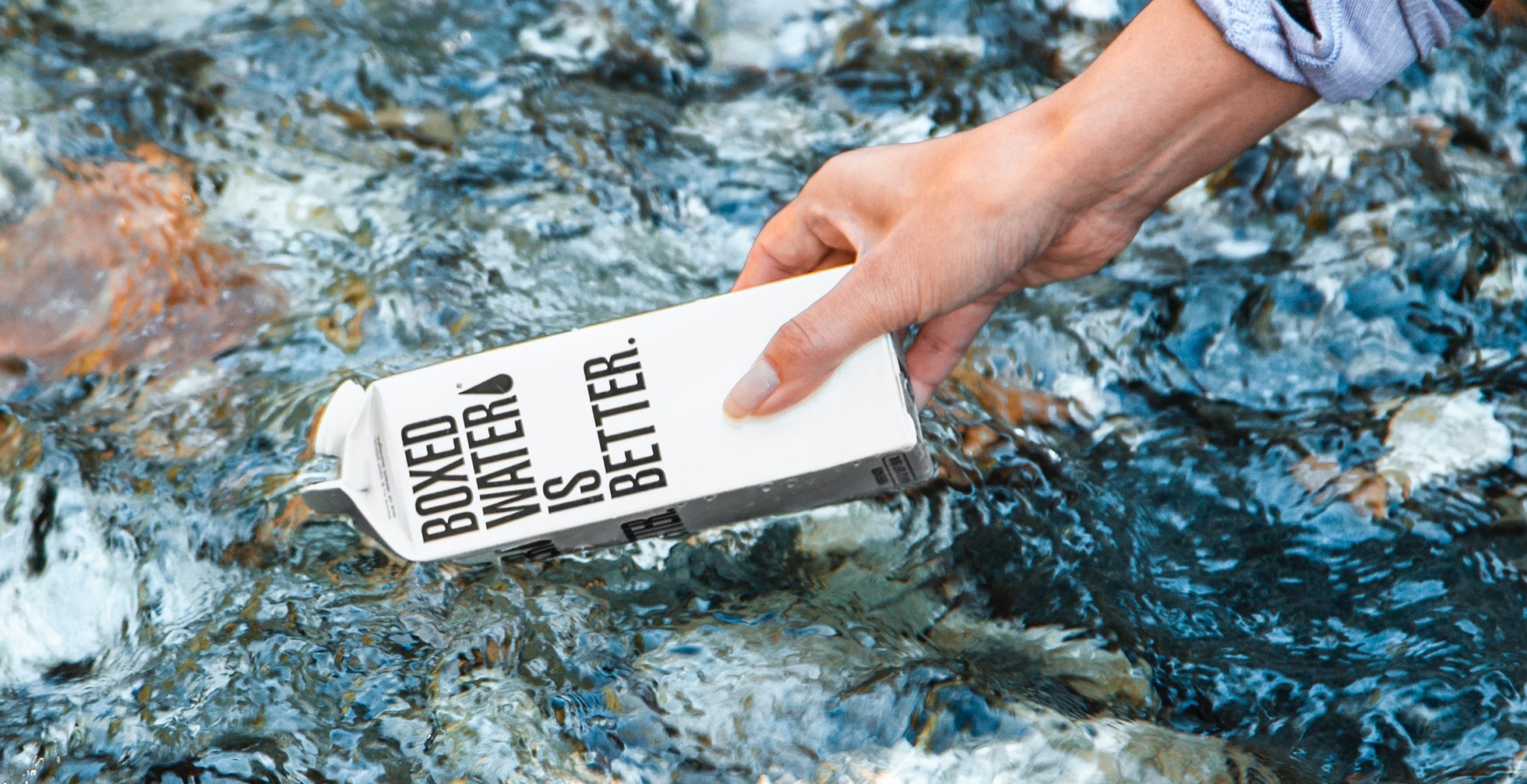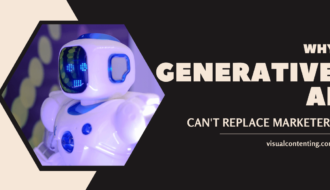When it comes to promoting your brand, there are many different marketing strategies available. If you are a small business owner who cares about sustainability, focusing on how you’re helping protect the environment can attract like-minded customers.
In the most recent Sustainability Perception Index, researchers found 66% of consumers feel sustainability matters in the products they buy. 66% of consumers feel sustainability matters in the products they buy. Click To Tweet Around 51% will pay a bit more for an item they know is better for the environment. Around 51% of consumers will pay a bit more for an item they know is better for the environment. Click To Tweet
Since the COVID-19 pandemic, people have noticed some of the changes impacting them and future generations. Expect consumers to become more environmentally conscious and seek out brands matching their concerns with the climate.
What Is Sustainability Marketing?
Sometimes called "green marketing," sustainability marketing puts the focus on how your company impacts the environment. You'll build relationships with your customers by showing them you care about the planet they live on and their children will inherit. It gives a sense of being in the effort together to try to reduce carbon footprints.
Why Should a Brand Be Sustainable?
Companies that look at the bigger picture tend to care about more than just making a profit. They endure because they come alongside their customers and make a positive impact on the world around them.
When you adopt sustainability, it filters into every choice you make and seeks ways to improve methods throughout the entire process of manufacturing and delivery.
Once you have a handle on the ways your business can be green, it’s time to promote your efforts and products to your target audience. Here are some ways you can get the word out.
1. Know Your Weaknesses
Every industry has an impact on the environment. For example, the food industry releases as much as 40% of greenhouse gas emissions around the world. You’ll also find agriculture impacts water supplies and adds pollutants to the soil. Being aware of the factors potentially harming the environment helps you combat the negatives.
Share with your customers the things you’re doing that make you different from others in your industry. How are you looking out for the future health of the planet?
Get an audit of your company by a sustainability expert. What further improvements can you make? Look for any areas where you might not be as green as possible. If you promote your brand as a green company while all your workers commute to and from work every day, you may gain some negative feedback from your customers.
2. Create Green Products
Look at what you sell. Are the items good for the environment? If not, then do they make the least impact possible?
You must consider every aspect of your product, from the raw materials it is made from to the manufacturing process. Bamboo items are an example of a plant that grows rapidly and that’s easy to sustain. Factories can become greener by implementing alternative energy sources and ensuring waste is disposed of properly.
It’s hard to focus on sustainability marketing if your brand isn’t practicing every method available to reduce its carbon footprint. Product procurement and creation is an excellent place to make changes first.
3. Think About Packaging
What do you put your products in? The packaging you use can make a big difference in how green your company is.
For example, if you sell shampoo, you might only use natural ingredients that won’t harm local wildlife if the soap gets into streams and rivers in the area. However, what do you put the shampoo in? One option is using recycled and recyclable materials.
You could also go with a model where users buy a glass bottle and then the refills come in an enviro-friendly package.
Don’t forget any shipping boxes and whether they are green. Use recycled boxes and packing materials. Make sure you encourage your customers to recycle paper goods rather than pitching them in the landfill.
Recommended: The Role of Package Design in Marketing Success
4. Embrace New Technologies
As science advances, there are new ways to do the same thing with less harm to the environment. For example, one big American automaker was recently looking at a hybrid vehicle that created its own electrical charge from the friction of the brakes.
What kinds of new inventions might help make your business more environmentally friendly? You can use these investments to gain some positive PR for your company. Send out press releases about the things you’re trying out to protect the environment. You might have a larger initial investment to tap into new energy resources, but the marketing alone might help it pay for itself.
One example might be to reduce your CO2 exhausts by storing the gas underground. The process can capture hundreds of thousands of tons of carbon dioxide per year and protect the environment until you can afford renewable energy sources.
5. Become an Environment Advocate
Does your brand speak up for and take action against damage to the environment? The best place to start is with your local area. Is there space around your office building to put in a wildlife refuge? Perhaps you can start a clean air initiative and find creative ways for your employees to carpool, bike to the job, or work from home.
Better yet, team up with an organization already making great strides to protect the climate. How can your brand help them? When you team up with a nonprofit, you gain the normal marketing push you would from any green effort. However, you also tap into the fans of the organization who now know about your brand and may buy from you since you share the same cause.
Embrace green actions because it’s the right thing to do and you’re passionate about preserving forests, wildlife, and natural resources for future generations. If you only adopt the cause to try to gain new customers, they will see right through your intent and be far less likely to become loyal to your brand.
6. Reduce, Reuse, Recycle
You’ve likely heard the advice to reduce, reuse and recycle, but how well does your organization practice those three words? You must put them into action.
Start by reducing any paper waste. Adopt digital marketing campaigns over direct mail or print ads. Stop printing out documents and adopt a digital-first approach in your office.
Reuse as much as possible. Do you really need to replace every employee’s desk or can you simply buy a desk topper that turns it into a standing desk? Can you paint your file cabinets rather than replace them?
At the same time, it’s good to replace some items, such as old refrigerators or heating/cooling units that might not be very energy efficient.
Recycle whatever you can. Set up bins in the employee break room so they can put aluminum, plastic, and glass in the right container. It requires a bit more effort from you to ensure those items make it to the recycling center or you pay for pickup via your sanitation provider. The payoff is the ability to tell others just what you’re doing to make a difference on a daily basis.
7. Adopt the Green Cause
When you start advocating for the environment, you’ll do it for more reasons than just a boost to your revenue. Think about how you can best spread the word via marketing efforts. For example, if you already send out a digital press release each week, can you start sharing news from nonprofit organizations in your area to make people aware of how they can get involved in the effort?
Share posts on social media to raise awareness and give people tips for reducing their carbon footprint. While it’s fine to also tell them what your brand does to be greener, you should include information that advances the cause even if you aren’t mentioned in the article, press release, or meme.
Be on Trend
Sustainability is a huge topic at the moment as some worry over climate change and others simply want to make the world a better place for the long term. It will likely remain a trend for quite some time as we work to clean up the mess of generations before and keep pollution down.
You can’t go wrong associating positive action with your brand. Adopt the cause because you care, but don’t be afraid to toot your own horn a bit and attract the attention of like-minded consumers in your niche.
Photo by Boxed Water Is Better on Unsplash.
Related Posts
Devin Partida writes about topics concerning tech and the internet. She is also the Editor-in-Chief of ReHack.com.







